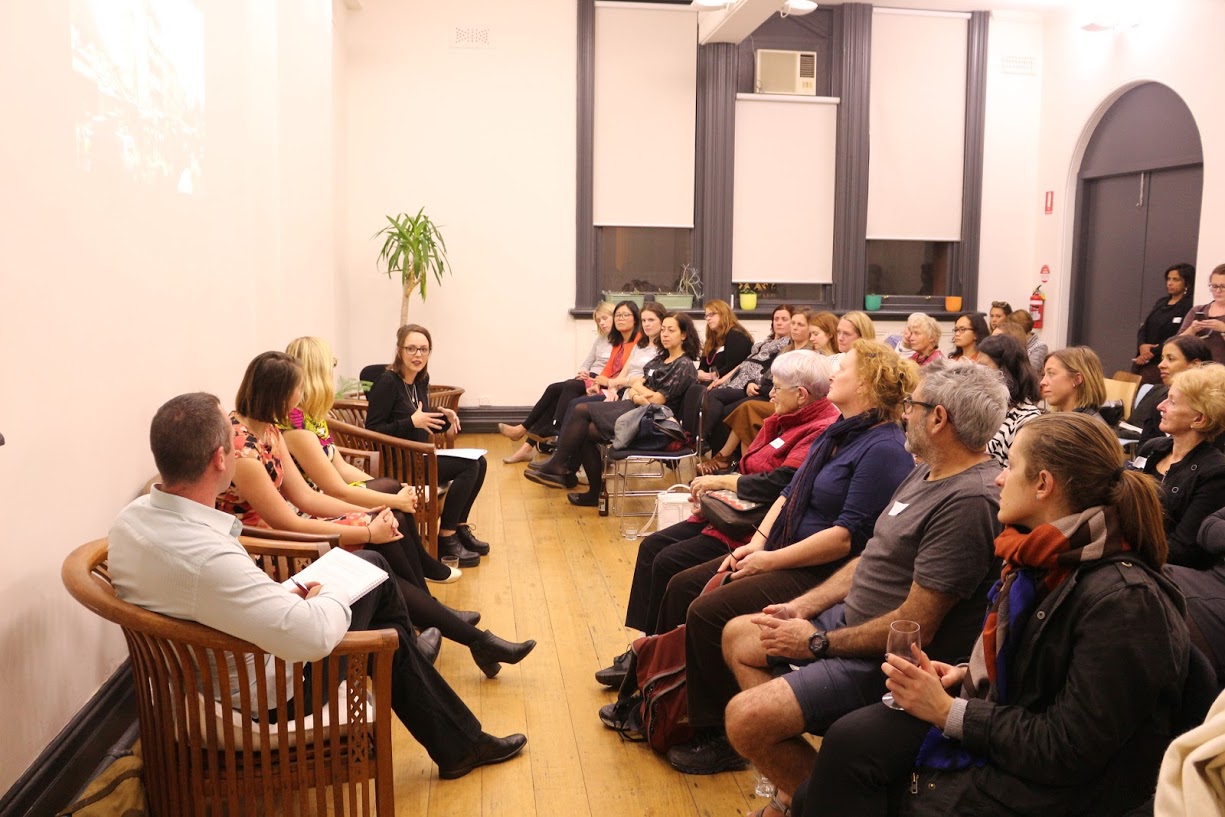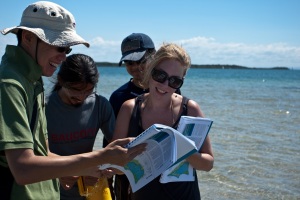
On June 16 this year, Melbourne Development Circle continued their Game Changer series for 2020 looking at the inclusion of people with disability. Our expert panellists explored the changing landscape, systems and innovations, in Australia and internationally, that have supported inclusion for people with disability. Times of crises, such as recent bushfires and the current global COVID-19 pandemic, have resulted in rapid changes, leaving our systems strained, diverted and tested. They also shared about their experience with different structures (e.g. NDIS) and interventions to facilitate inclusion.
Panellists included:
- Alexandra Gartrell – ANCP Disability Advisor, World Vision Australia
- Ian Jones – Executive Director, Agile Development Group
- David Moody – Chief Executive Officer, National Disability Services
- Peter Persson – Vic ABI Support Network Project Manager, Brain Injury Matters
Thank you to our panellists and all participants who joined. We had an engaging session that didn’t leave much time in the end to answer all the questions our participants had. Our panellists have kindly taken time to answer these via email below.
Question: Love to hear ideas from NDS on translating lessons learned in telehealth in Australia to the international development setting – 1) overcoming internet/phone access (remote Aus examples) 2) Applying cross-culturally.
[David Moody] The Victorian State Senior practitioner released guidance on Practice on a page: Telehealth and Functional Behaviour Assessments (direct download).
The Victorian government has worked to provide access to online services for many Victorian across the community services sector – not primarily or particularly disability as this would be now seen as a Commonwealth role. However NDIA sees internet connectivity as an everyday expense and outside the remit of NDIS funding. It is worth noting under Victorian ISP many people used their packages for Internet connections. Further whilst NDIA updated policy to allow tablets to be purchased to gain access to services delivered by Telepractice (Low-Cost Assistive Technology for Support Continuity during coronavirus (COVID-19)). It limits people to purchasing devices that have wifi only access and no to be able to take a data SIM. I think this is a very white middle class approach that assumes everyone has ready access to wifi. It fails to recognise potential difficulties with hotspotting from phones, etc.
The Victorian Government Seeking Feedback on Remote and Flexible Learning through DET who acknowledge learning at home did not go well for many students with disability.
Please see also this information from a Helpdesk response on the availability of extra data from telecommunications providers during COVID-19.
Question: Love to learn more about tools for digital upskilling.
[Ian Jones] Increased digitisation – mobile phone saturation for example – is not sufficient on its own; the success of using the internet and ICT for the inclusion of people with disabilities is also heavily impacted by their knowledge and awareness of the broader ICT solutions available to them. For our women entrepreneurs with disabilities, we actively targeted with training that is designed to increase their knowledge, skills and confidence to use digital tools.
This began with starting from understanding the existing tool (type of smartphone etc) they were comfortable using and working upwards from there. So it started with setting up an email account on the phone, how to use Facebook and privacy settings (for more control over profiles etc). This was followed by training on photography and videography that was practiced and shared within a closed private Facebook group so that participants could get comfortable with the tech and formats. From there we progressed to training on Zoom, Skype by using a mix of Facebook Messenger and calls if needed. During this process, groups were set to practice calling each other etc.
The next stage we are currently writing is using free tools such as GSuite that can be utilized for their businesses such as Google docs, sheets etc. for business development, progressing further on Zoom and also introducing Facebook for business. The final level which is pitched for disability social enterprise employees or women who would like to improve their own business management efficiency is using communication and project management tools such as Slack and Asana. However, all of the above depends on a lot of variables such as access to equipment, Khmer/English levels (training is in Khmer, tools are not), and self-confidence. At each stage there are supportive soft skills training.
Question: The conversations about measuring inclusion are also relevant for humanitarian response. Do the panel have any thoughts about how we can support local organisations and national frameworks outside of disaster that can contribute to more inclusive response in times of crisis? Particularly in a rapid onset disaster, how do we move people away from the ‘it’s too hard, we don’t know enough’ etc to real strategies to ensure that persons with disabilities are part of every stage of the process?
[Ian Jones] The first case is to ensure that inclusion is focussed on first. For example, if strategies are developed for an early warning system for floods, then PwDs will be the hardest to move of they have not been included in the process or considered. Identifying how families of PwDs and people with disabilities themselves receive, use and share information is critical and should be a first step, and quite often tackling the inclusion barrier generally overcomes most of the obstacles you would be facing with the rest of the community in a disaster response situation.
Question: Ian, any experience including credit for ppl into budgets??
[Ian Jones] Yes, for each proposal we have to be hyper-aware of the barriers to participation and costs of transport, and costs of phone data are major barriers. For the digital upskilling we provide phone credit to participants, as whilst Cambodia is cheap comparatively for mobile data fees, it is still a significant barrier, and credit is included in all of the proposals we write.
Question: I work at the local community service level, I’d be interested in any resources/examples of building in the local level “research” you can share beyond this webinar?? (I call it research with a little ‘r’)
[Peter Persson] For example at our organisation which is tiny in terms of resources, we have used Survey Monkey to seek the views of our members (people with an ABI) on a range of issues (eg. the needs of people with an ABI, the most significant barriers for people with an ABI). We used both the collective experience of our leaders supplemented by a quick desk top lit review of strategic documents from like organizations as well as some academic research to formulate our questions. In other environments I have used existing information collected for the operations of an organisation, to gather a dataset, that can be interrogated. It can be quite a powerful tool for internal purposes as well as adding to a broader knowledge base.
Comment: Ian, keen to hear if choosing accessible venues comes up with a document to share:-)
[Ian Jones] Yes, we’ll have one available shortly that can be shared. We have an older one we developed with EWB in Cambodia, but are currently updating it.
Question: One of my participants has no more internet data left and has to wait till the 25th of April for the next lot. Given that Telehealth sessions (psychology) are using up much of her data can we request that the NDIA fund data using core supports – consumables funding. If so what item numbers would we be able to use? Thank you.
[David Moody] Thanks for your question. No the NDIS will not pay for internet/data or phone.
The NDIS website states the following:
FAQ – 30 March: My providers will be delivering services using videoconferencing. Can I use my NDIS funding to pay for my internet connection?
Daily living expenses like groceries, rent, bills (including internet charges) are a personal expense. You cannot use your NDIS funding to pay for day-to-day items. The Government has announced a range of support measures for eligible people affected by the Coronavirus (COVID-19) pandemic. More information is available at Services Australia. https://www.servicesaustralia.gov.au/ 
https://www.ndis.gov.au/coronavirus/participants-coronavirus-covid-19/using-your budget
Most internet providers are offering free or reduced rate data packages, participants should connect with their relevant internet/phone provider to explore their options.
For example:
Optus
Boosting mobile data allowances: We wanted to remind customers about the extra data we are providing to our mobile customers in April. We are providing all eligible mobile subscribers 20GB of free extra data which can be activated within My Optus app anytime during the month of April and valid for 30 days from activation. For our eligible Prepaid customers, we will also be offering 10GB of additional data when you recharge $40 or more during the month of April 2020. Click here for more details about these extra data offers.
https://www.optus.com.au/about/media-centre/media-releases/2020/03/optus-update-covid-19-coronavirus-at-24-March-2020
Telstra
Additional data for our customers: We’re giving post-paid personal and small business customers additional data, and offering unlimited standard home phone calls for pensioners, as part of our response to Coronavirus (COVID-19). We want to help our customers stay connected.
Mobiles and mobile broadband – Register for 25GB of extra data
All our personal and small business post-paid mobile and mobile broadband customers can register for an extra 25GB of data at no extra charge – to use in Australia within 30 days if they register by 19 April 2020. You can register via the Telstra 24×7 and My Telstra apps until 19 April 2020 and the data will be available within 48 hours. We’ll send you an SMS when it’s been applied. Please note mobile broadband customers will not receive an SMS. You won’t see the extra data on your bill, but it will appear in your app usage information.
Internet – Enjoy unlimited data at home
From Thursday 19 March until 30 April 2020, we’re providing unlimited data for our personal and small business customers with home broadband plans (ADSL, nbn and cable). You don’t need to do anything. The data will be provided automatically, at no extra charge. Your data usage won’t be counted during this time, but keep in mind you won’t see the extra data on your bill. Our FairPlay policy applies.
Vodaphone
BONUS DATA
We’ll be giving Vodafone postpaid customers who are not on an endless data plan an additional 5 GB of maximum speed data to use in the next month. That data will be added to all plans by Friday 27 March. Customers won’t need to do anything to activate this bonus data. To ensure customers always have enough data to meet their needs, we encourage them to consider endless data plans.
Active prepaid customers will receive a one-off bonus of 3 GB with their next recharge.
All Vodafone nbn services already include unlimited data.
https://www.vodafone.com.au/media/keeping-customers-connected
Further information from David Moody regarding the impact of tech/telehealth in the lives of people with disability in Australia.
Monaro Early Intervention Services
– Moved quickly to online/telehealth delivery of therapy and programs. Staff coped and adapted well to this but it did require significant IT spend – laptops and phones etc
– Many clients readily switched to online delivery, some went on hold and have yet to return (stayed in regular contact with them). For some families, where children were mostly seen at school, telehealth sessions provided regular contact with parents and more engagement – which is great.
Fairfield City Council, Children and Family Services
– There were a lot of cancellations initially but about 50% of those lost re-engaged via Telehealth. 90% of clients are from a CALD background. NOTE: They have a very linguistically diverse staff which was crucial for remote delivery.
Independent Rehab
– Quite a lot of clinician time was required to work through COVID-19 training and adhering to the Government Directives, along with the training and implementation of Telehealth. Required solid planning time. Estimated approx. 20+ hours per week x 40 employees for at least a ten week period.
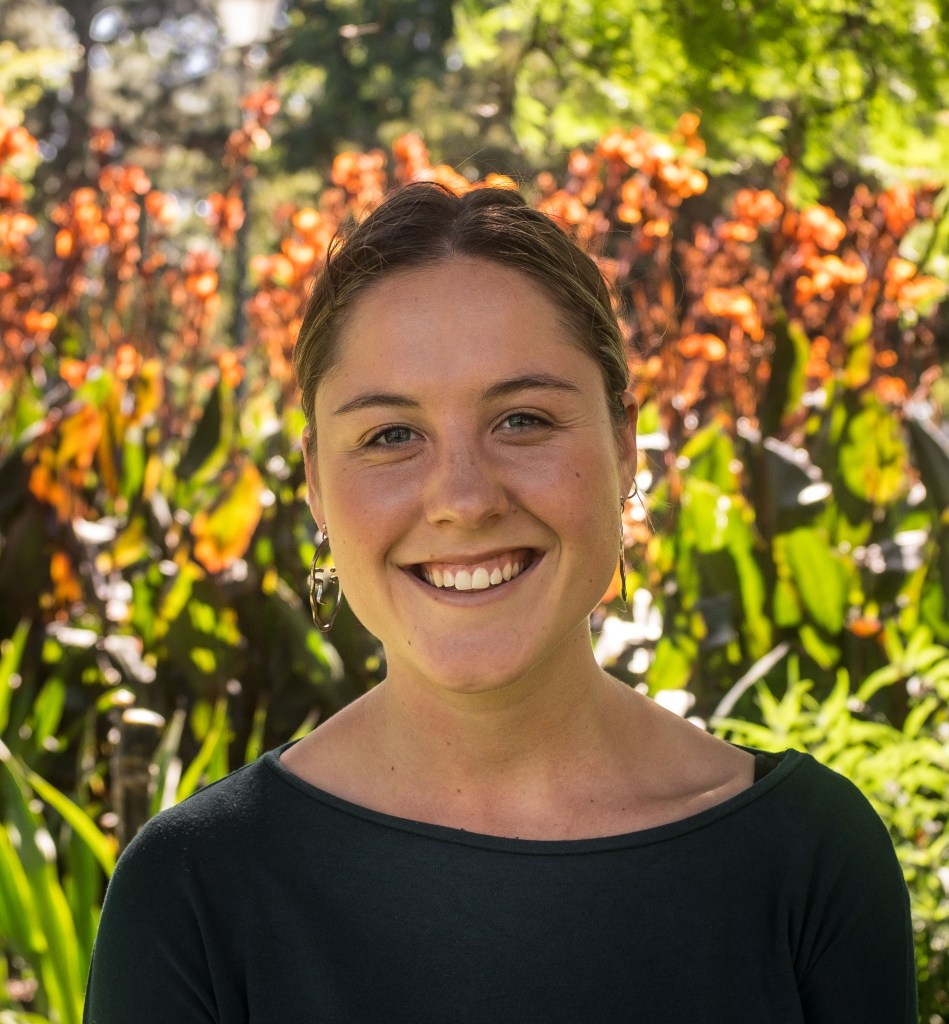





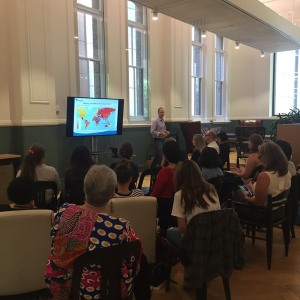
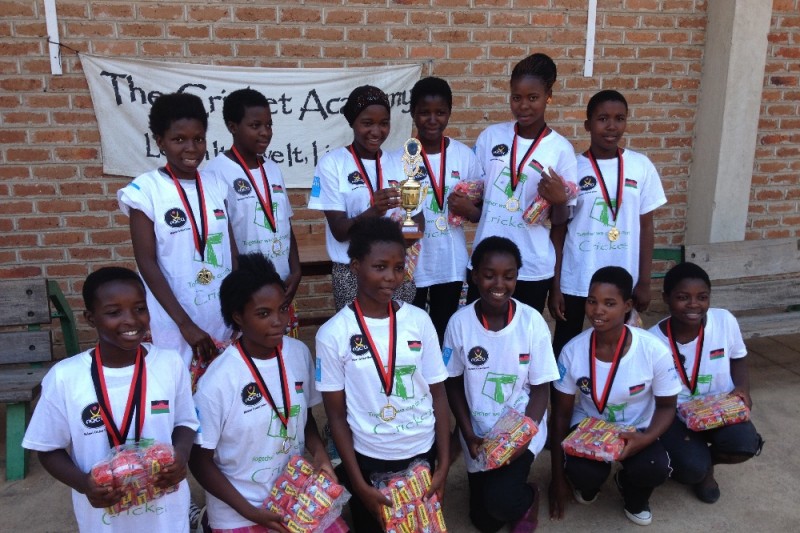 The Cricket Academy is empowering local communities in Malawi through sport and education.
The Cricket Academy is empowering local communities in Malawi through sport and education.